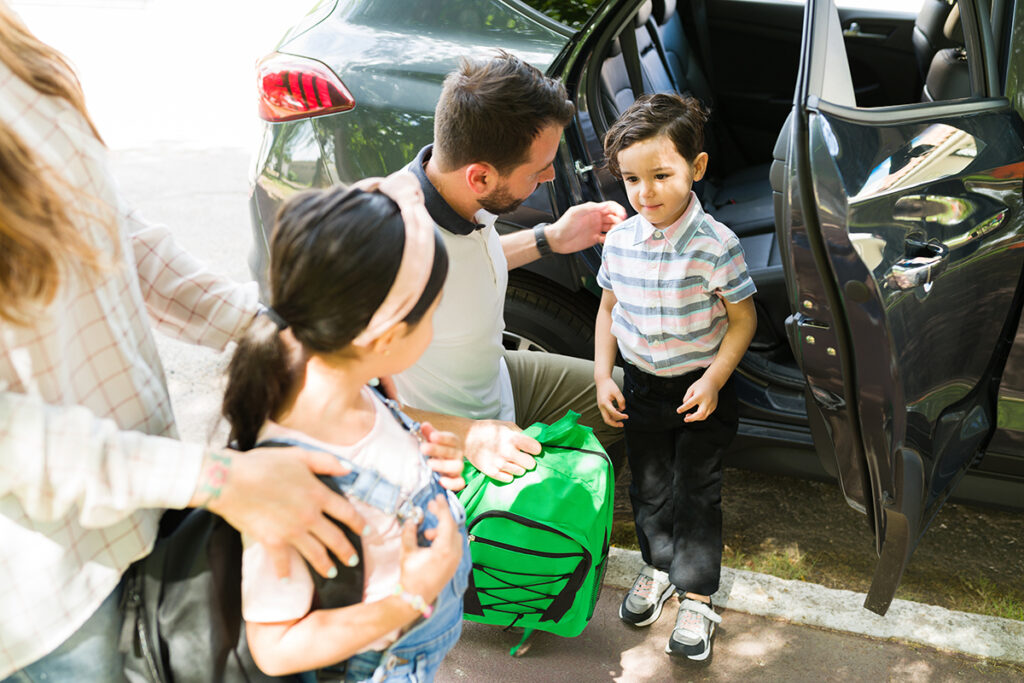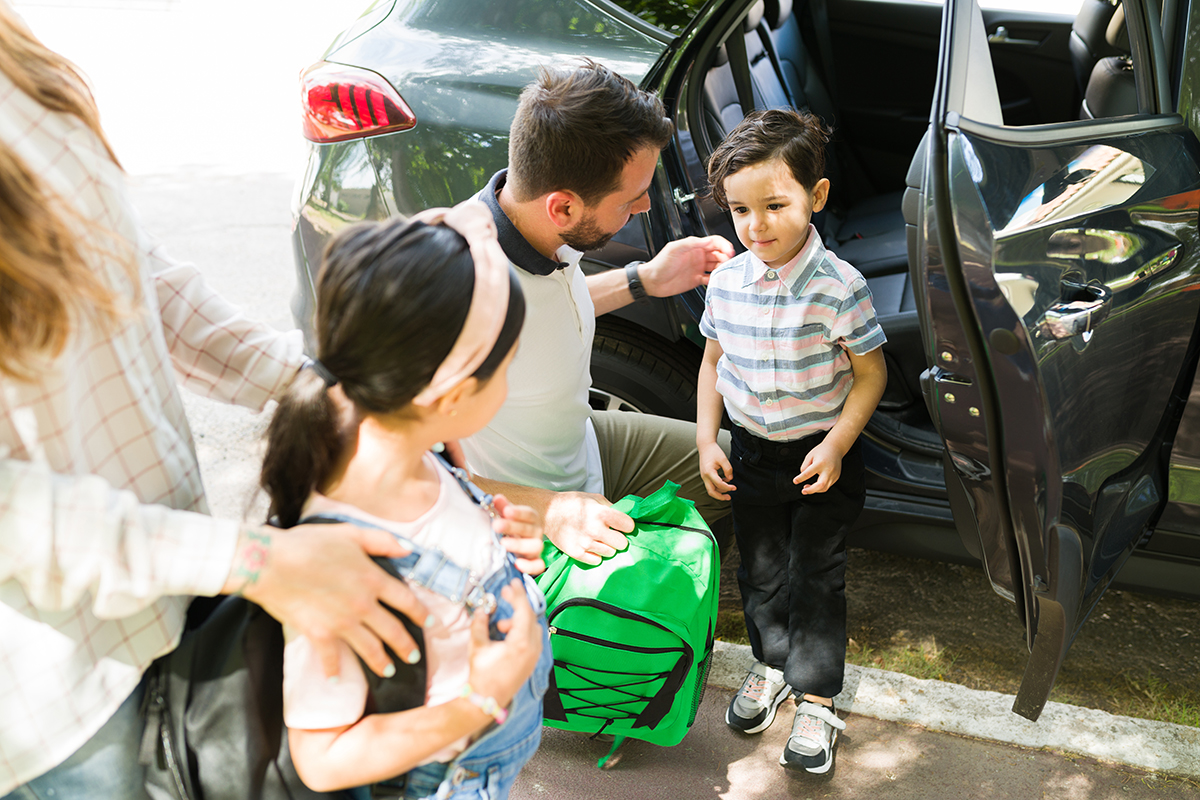
On January 22, 2019, a tragic school shooting at Robb Elementary in Uvalde, Texas, catapulted a tiny, unsuspecting community into the national spotlight and reignited an ongoing debate regarding school safety.
The most jarring aspect of the incident was shocking failures on many levels—campus security, communication during the crisis, response times for law enforcement, and the general lack of accountability by the school district.
Since then, schools across the country have implemented or strengthened campus safety measures, including partnering with local law enforcement, conducting regular emergency drills, and improving communication systems to ensure students and staff can respond quickly and effectively in an emergency.
Though the shooting in Uvalde had an undeniable impact on how the Texas Education Agency (TEA) and school districts approach school safety, it is unfortunately just one of many incidents of school violence that take place in the United States each school year, creating the need for stronger partnerships between parents, schools, and law enforcement.
From Parent to Partner
Is your child’s school a safe place to play and learn? Parents deserve to send their children to school daily, confident that their campus is as safe as possible. Many schools have adopted multi-layered prevention strategies, including securing the physical perimeter of the school through a range of features that may include security cameras, metal detectors, locked doors and gates, and secure entrances with buzzer systems or card readers.
In addition to safety measures regarding campus buildings and facilities, parents should also inquire about internal policies like crisis management plans and practices such as active shooter, holding, lockdown, and evacuation drills to prepare students, teachers, and staff for emergencies.
A school’s main priority should be to ensure the well-being and safety of students, teachers, and staff. However, parents and guardians can also play a critical role as partners and advocates for school safety by:
- Building partnerships with schools and school officials: Building strong relationships with school officials, teachers, and other parents can help ensure that all voices are heard, schools remain accountable, and concerns are addressed promptly.
- Staying informed: Stay informed about school safety policies, procedures, and initiatives, and attend school board meetings or parent-teacher association meetings to stay informed about school safety initiatives.
- Advocating for safer school environments: Work with school officials and other parents to advocate for policies and programs that promote school safety and well-being, such as access to mental health resources and anti-bullying initiatives.
- Supporting school safety programs: Encourage schools to implement evidence-based school safety programs, such as violence or bullying prevention programs, and provide financial or volunteer support for these initiatives.
- Raising awareness: Use social media and other platforms to raise awareness about school safety and advocate for safer schools.
It is worth noting that school safety is an ongoing process and should be regularly discussed, reviewed, and updated to reflect the changing needs of the school community. There is power in numbers! By joining parent organizations or working together with like-minded adults, you can be a catalyst for school safety and have a lasting impact on your school for years to come.
88th Texas Legislative Session and Beyond
In response to recent events and school shootings, Governor Greg Abbott has ordered the Texas School Safety Center (TxSCC) to conduct “in-person, unannounced, random intruder detection audits on school districts” to find security risks like how quickly auditors could penetrate school buildings without being stopped.
The goal was to audit 75 percent of 8,000 school campuses. Last fall, 3,000 campuses were audited, and at about 75 schools, staff was able to gain access within two minutes. The audit process developed by the TxSSC was designed as a self-assessment of a district’s safety and security. Audits should be part of an ongoing process for campuses to identify any hazards, threats, and vulnerabilities throughout the year that may pose a danger to students and staff.
In addition, the legislative session is currently underway, and Texas lawmakers have a surplus of $32.7 billion to utilize. Both the House and Senate have budget proposals to include $600 million for school safety. In addition to proposing additional funding for campuses to improve their security, senators recommended expanding access to the state’s mental health telemedicine system to all school districts and hiring more mental health professionals to support the expansion.
According to the Texas Tribune, some bills being introduced this session include:
- Senate Bill 112 would requiring high school students to take one mental health course before graduation
- Senate Bill 113 would reimburse school districts after contracting mental health providers for on-campus services
- Senate Bill 145 would propose raising the minimum age for buying or renting firearms from 18 to 21
- House Bill 801 would require districts to have only one entrance per school campus
Regardless of which bills will pass, all Americans can agree that our children deserve to attend school without fear, threats, or violence. We are all in this together and are more resolved than ever to do whatever it takes to keep our children and schools safe.
Helpful Resources for Parents
As the remainder of the school year looms, parents should feel empowered to educate children on what to do in an emergency and promote an open dialogue regarding school safety. When speaking to children about school safety, consider taking an age-based approach to be mindful of how your child’s development stage affects their understanding. Ask open-ended questions and reassure them that they are safe. Stress the importance of personal responsibility and reporting suspicious comments or behavior, and finally, talk to children about modeling respect, inclusivity, and compassion for all people.
Texas Appleseed is an organization committed to promoting social, economic, and racial justice for all Texans by identifying practical solutions to complex, systemic problems. The organization offers parents helpful resources for asking schools questions about safety.
Read More About Parenting and School Safety
- “Helping Children Cope with Frightening News,” Harold S. Koplewicz, ChildMind & “Cómo ayudar a los niños a afrontar noticias alarmantes,” Harold S. Koplewicz, ChildMind
- “Anxiety Over School Shootings,” Rachel Ehmke and Jamie Howard, ChildMind & “Ansiedad por los tiroteos en las escuelas,” Rachel Ehmke and Jamie Howard, ChildMind
- “Talking to children about terrorist attacks and school and community shootings in the news,” School Crisis Center
- “Parent Tips for Helping School-Age Children after Disasters,” National Child Traumatic Stress Network
- “Technical Packages for Violence Prevention,” Centers for Disease Control and Prevention (CDC)
- “Threat Assessment in Schools: A Guide to Managing Threatening Situations and to Creating Safe School Climates”, U.S. Secret Service and U.S. Department of Education, 2004)
- “School Safety Information for Parents and Caregivers from SAFEtech,” Liza Gomez and John Martin, San Antonio Charter Moms, December 5, 2022
